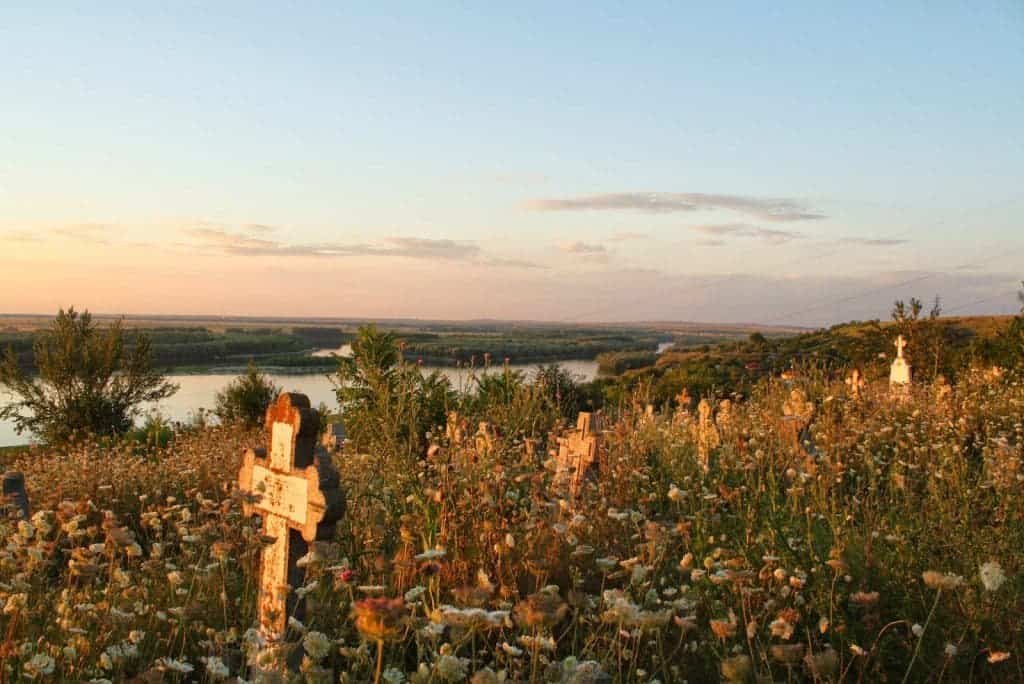It all started when archaeologists working in Germany made a surprising discovery, uncovering the bodies of children and of one adult man who was buried, strangely, standing upright. The cemetery was dated to 8,500 years, being one of the oldest – if not the oldest – ever found on the continent.
The cemetery dates from the Mesolithic, a time when most of the continent hadn’t even settled down and people were still hunter-gatherers. At a press conference Thursday morning in Berlin, excavators announced that nine skeletons have been uncovered, and there is evidence of many more being there. Out of the bodies, five of them are children younger than six years old.
“It’s rare for the Mesolithic to find multiple graves in one place,” says forensic anthropologist Bettina Jungklaus, who excavated one of the bodies. “They were mobile people, ranging over the landscape.”
Indeed, the widespread practice of burying people together, in a common place (cemetery) emerged much later. Some cultures like the Urnfield culture did bury people together, but that happened much later (about 3,000 years ago). This cemetery could be the first one in history.
In a paper published in the journal Quartär, Thomas Terberger, the archaeologist who led the recent dig said that there is reason to believe that the burials were carefully planned.
“It’s not an accumulation of burials by accident, but a place where they decided to put their dead,” says Terberger, of the Lower Saxony Department of Historic Preservation. “It’s the first evidence of a true cemetery in northern Europe or Scandinavia.”
Combining this knowledge with the fact that children were buried there and an adult was buried upright, things become even more mysterious. Researchers now want to study the remains to learn more about the lifestyle of these ancient people. Chemical signatures in the bones can tell for example if the baby was breast fed, or if any of the buried people were related with each other.
. “We can look at possible illnesses, and perhaps determine the cause of death,” Jungklaus says. “Children are always the weakest link–they’re the first victims when the environment or living situation changes.”










